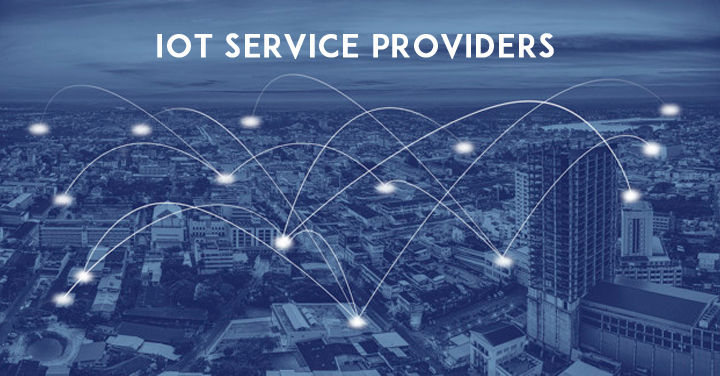Blockchain technology has become extremely popular because of its success in Bitcoin trade. It is a robust platform with great security. As blockchain does not require a centralized database for storage, it is ideally suited to the IoT requirements. The vast amount of data stored in blockchain cannot be altered, which offers greater confidence to the users. Implementation of
An IoT platform creates a congenial environment for the appropriate operations of IoT sensors and devices. Right now, IoT outreach is limited due to a number of reasons. Companies are still apprehensive about the success of IoT as a mass technology and hence, they are holding back on their in-house R&D departments. But, the turn of the decade brings fresh hopes and we are likely to see great innovations within this field in the coming years.
5 Top Trends for IoT in 2020
Artificial Intelligence (AI) & IoT: A Symbiotic Relationship
AI has become the mainstay of businesses across the globe. Decision makers rely on it for forming strategies that could be implemented for business growth. But, AI has a major dependency on the quality and quantity of data. The bigger the dataset, the better will be the insights generated for businesses. With the number of IoT devices expected to reach an astounding 20.4 billion by the end of 2020, the databases will be flooding with information. IoT devices employed by companies will become their major assets because of the amount of data they will be generating. And, in turn, the availability of high quality data will allow for the development of better IoT solutions. This symbiotic relationship between AI and IoT will lift both these technologies to the next level.
Improvement in IoT Data Connectivity Will Make It Prosper Even More
5G technology is only going to get better in 2020. This will enhance the overall quality and speed of IoT data connectivity. As a result, we will see an increase in the number of applications that have high bandwidth requirements. For example, a home alarm system that employs a 1080P camera can be upgraded to a camera with 4K resolution, if you have ample bandwidth availability. So, in case there is a thief, it would become easier to recognize him via face recognition software.
The Implementation of Blockchain in IoT
Blockchain technology has become extremely popular because of its success in Bitcoin trade. It is a robust platform with great security. As blockchain does not require a centralized database for storage, it is ideally suited to the IoT requirements. The vast amount of data stored in blockchain cannot be altered, which offers greater confidence to the users. Implementation of blockchain in IoT is expected to raise the number of users, which will ultimately lead to the faster spread of this technology.
Unified IoT Platform
Up till now, IoT has lacked a unified platform that has hindered its progress. But in 2020, we are likely to see companies pushing for a shared IoT platform. This will allow for exchange of IoT innovations and expedite IoT development in the coming years.
Migration to Edge
Although cloud is the mainstay of IoT right now, it is all going to change in the coming years. It is expected that the Edge platform will gain in popularity. The new-age Edge technology places additional storage equipment between the IoT device and the cloud. This device will act like a small computer and process the data sent. It will then pass on the results to the cloud. As the whole data set won’t be sent to the datacenters, the amount of traffic on the cloud will reduce. The implementation of Edge computing is essential as it will prevent the choking of transmission channels when the number of IoT devices grows.
Conclusion
IoT is a very important technology for the future. At the turn of the decade, we will see a number of transformations in IoT technology that will influence the entire IoT platform Also, IoT data connectivity is only going to get better in the near future, which will aid the development of better IoT solutions for businesses and household use.










